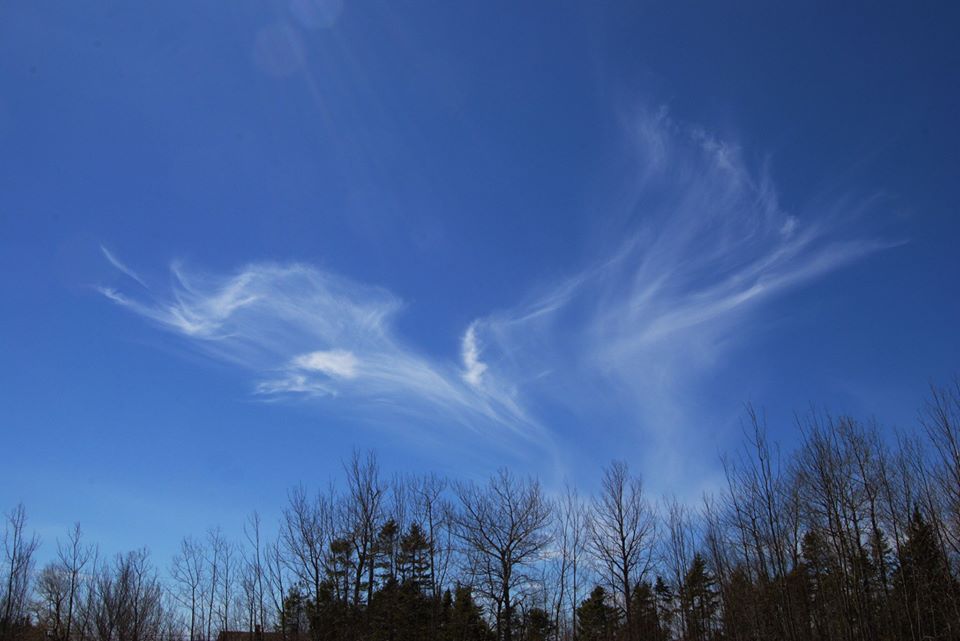This is an exciting update on my last post. At that time, seven voracious Monarch larvae were making quick work of my milkweed plants. The runt of the litter sadly died while it was still in an early larval stage. Five others fed until they were quite large, then disappeared overnight — presumably on a pilgrimage to find ideal locations to pupate.
That left one caterpillar still feeding. I stuck a leftover tomato cone into the ground next to the milkweed plant in which it was ensconced. I hoped the cone might have chrysalis curb appeal.
Apparently, the caterpillar was impressed! A day later, I found it dangling from the cone in the telltale ‘J’ shape that signals chrysalis time is coming.

Sure enough, by the next morning it had molted into a chrysalis. If you’ve never seen this amazing process, check out this six-minute YouTube video.

I checked on the pupa daily like an anxious mother-to-be. My own ‘baby’ is 23 years old and my role has shifted from parent to mentor, providing advice on the best way to cook chicken drumsticks and how to remove various stains from different fabrics. So maybe I was feeling a bit nostalgic for those protective, nurturing days gone by.
On the morning of Day 13, I discovered the chrysalis had changed from an opaque green to translucent black. The beautifully patterned adult butterfly’s wings were clearly visible. Determined not to miss the moment of eclosing (when the butterfly emerges from the chrysalis case), I settled in picking wild blueberries in our upper yard close to the flower bed. One eye on the berries, one eye on the baby.

Butterfly blogger Tony Gomez jokes the best way to determine exactly when a butterfly will eclose is to “go to the bathroom for 5 minutes.” With no sign of action eminent, I took the container of blueberries into the house, noticed I’d missed a phone call, and made a quick call in reply. Ten minutes, tops.
When I came back outside, the new Monarch was hanging from an empty chrysalis case.

After a couple hours, its wings had dried and strengthened enough for it to fly away. Another fledgling successfully gone from the nest.
